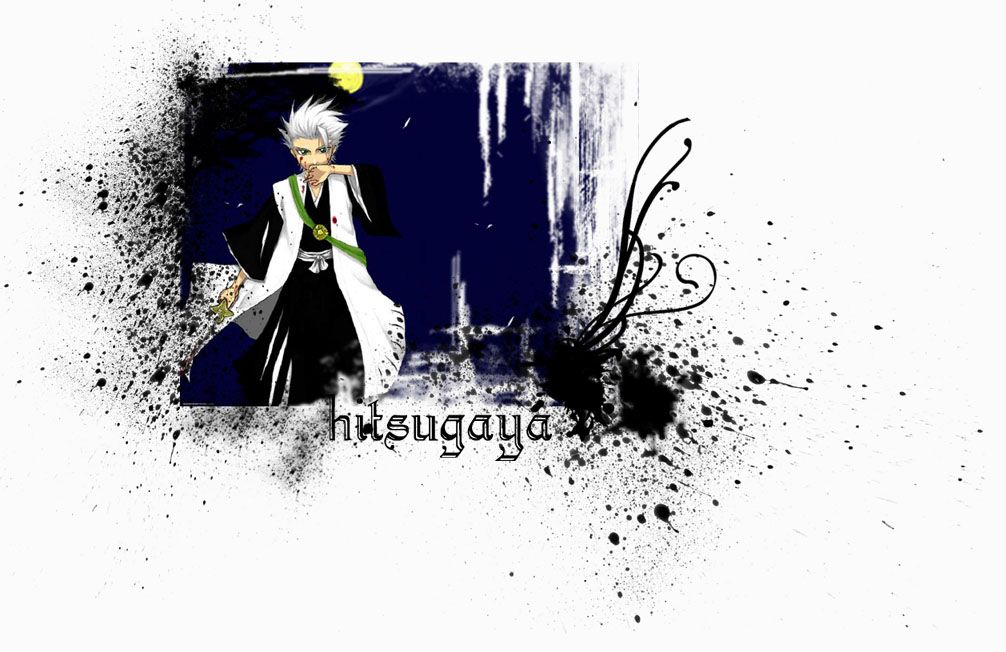Monday, July 09, 2007
Chemistry of RadicalsA radical is an atom or group of atoms that has an unpaired electron (i.e. it has an odd number of electrons). Radical (sometimes called free radicals) are highly reactive and are intermediates in many reactions of alkanes (such as halogenation of alkane). They have the same number of protons and electrons, so they are electrically neutral (unlike cations or anions).
Radicals are all around us,even molecular oxygen (O2) is itself a di-radical. Radical reactions are of vital importance in biology and medicine because they are produced in the normal course of metabolism. An example is nitrogen monoxide (NO). In its free form, NO is a relatively unstable and potentially toxic gas. In biological systems, it is involved in blood pressure regulation and blood clotting, neurotransmission, and the immune response against tumour cells.
Because radicals are highly reactive, however, they are also capable of randomly damaging components of the body. Many forms of cancers are thought to be the result of reactions between free radicals and DNA, resulting in mutations that adversely affect the cell cycle, leading to malignancy. Some of the symptoms of aging such as atherosclerosis (hardening of the arteries) are also attributed to free-radical induced oxidation of many of the chemicals in the body. Radicals in cigarette smoke have been implicated in inactivation of an antiprotease in the lungs leading to the development of a chronic lung disease, emphysema.
Radical reactions are commonly used in many industrial processes. They are used to produce a whole class of useful polymers such as polyethene, Teflon and polystyrene. Low-density polyethene (LDPE), for instance, is produced by the radical mechanism using organic peroxide (R-O-O-R) as an initiator. Radical reactions are also central to "cracking" an industrial process whereby large hydrocarbons are converted to smaller useful molecules (such as gasoline and other fuel).

